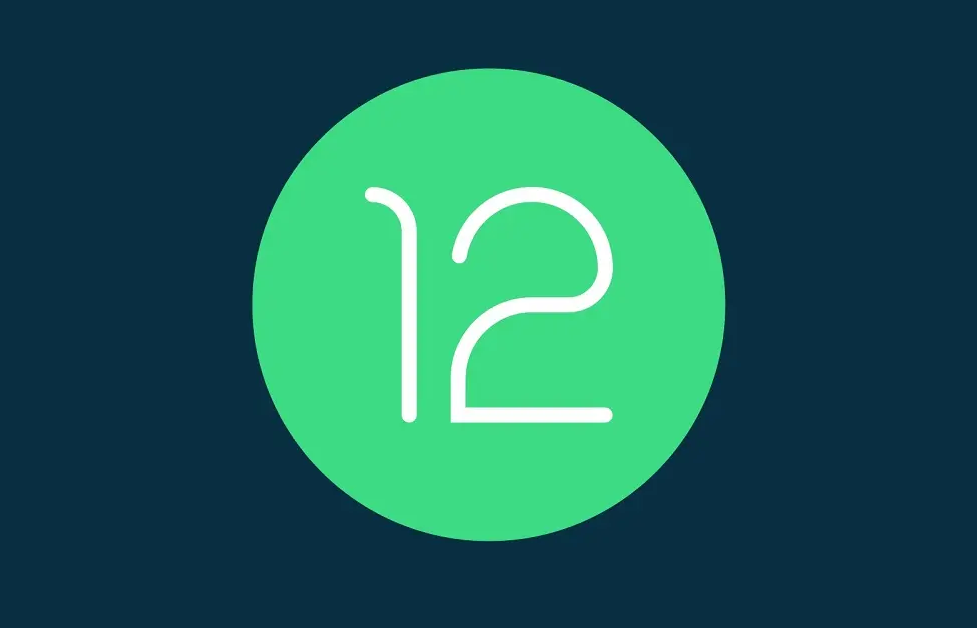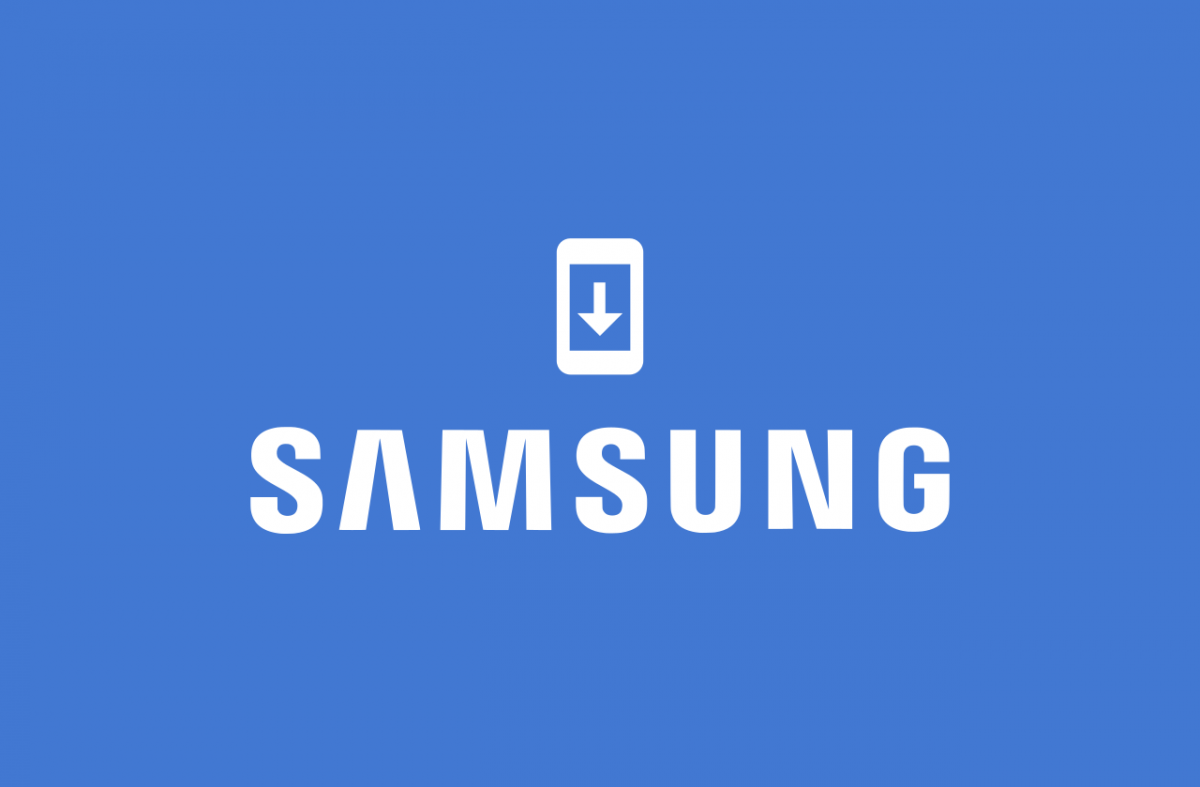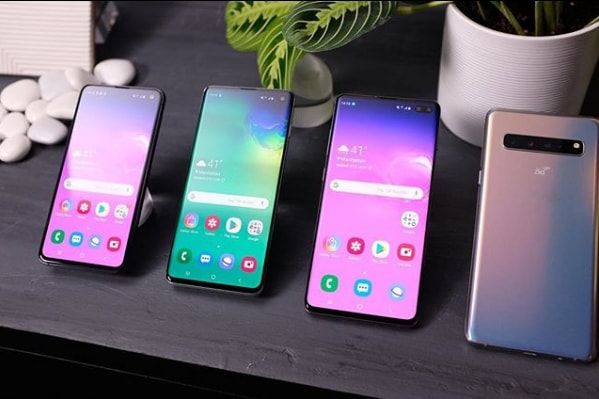Android enthusiasts and developers are always eager to get their hands on the latest version of the popular mobile operating system. With the recent release of Android 12 Developer Preview, Google has given them an opportunity to explore the exciting new features and improvements coming to Android. In this guide, we will walk you through the step-by-step process of installing Android 12 Developer Preview on your Google Pixel device.
What is Android 12 Developer Preview?
Android 12 Developer Preview is an early version of the upcoming Android 12 operating system. It is intended for developers to test their apps and provide feedback to Google. The Developer Preview gives us a glimpse into the new features, design changes, and performance enhancements that will be introduced in Android 12.
It’s important to note that the Android 12 Developer Preview is not meant for everyday use as it may contain bugs and stability issues. It is recommended to install it on a secondary device or a device that you don’t rely on for your daily tasks.
Supported Google Pixel Devices
Before diving into the installation process, let’s take a look at the Google Pixel devices that are eligible for the Android 12 Developer Preview:
- Google Pixel 3
- Google Pixel 3 XL
- Google Pixel 3a
- Google Pixel 3a XL
- Google Pixel 4
- Google Pixel 4 XL
- Google Pixel 4a
- Google Pixel 4a 5G
- Google Pixel 5
If you own one of these devices, you’re in luck! You can proceed with the installation process and experience Android 12 before it’s officially released.
Preparing Your Device
Before we begin the installation process, there are a few things you need to do to prepare your Google Pixel device:
1. Backup Your Data
Installing the Android 12 Developer Preview will erase all the data on your device. It’s crucial to create a backup of your important files, photos, contacts, and any other data you don’t want to lose. You can use Google’s backup services or third-party applications to ensure your data is safely stored.
2. Charge Your Device
Make sure your Google Pixel device has enough battery charge to complete the installation process. It’s recommended to have at least 50% battery before starting the installation. If your device is low on battery, plug it into a power source to avoid any interruptions during the installation.
3. Enable Developer Options
To install the Android 12 Developer Preview, you need to enable Developer Options on your Google Pixel device. Here’s how you can do it:
- Go to the “Settings” app on your device.
- Scroll down and tap on “About phone.”
- Find the “Build number” and tap on it seven times.
- You will see a message saying “You are now a developer!”
- Go back to the main settings page and scroll down to find “Developer options.”
- Tap on “Developer options” and enable the toggle at the top-right corner of the screen.
Installing Android 12 Developer Preview
Now that you have prepared your Google Pixel device, it’s time to install the Android 12 Developer Preview. Follow the step-by-step guide below to get started:
Step 1: Download the Android 12 Developer Preview OTA File
- Visit the official Android Developer website (developer.android.com) on your computer.
- Navigate to the “Android 12 Developer Preview” section.
- Find the download link for the OTA file that corresponds to your specific Google Pixel device.
- Click on the download link to save the OTA file to your computer.
Step 2: Install Minimal ADB and Fastboot
To install the Android 12 Developer Preview on your Google Pixel device, you need to use Minimal ADB and Fastboot tools. Follow these instructions to install Minimal ADB and Fastboot on your computer:
- Download the Minimal ADB and Fastboot installer from the official website (here).
- Run the installer file and follow the on-screen instructions to complete the installation process.
- Once the installation is complete, you will have access to the Minimal ADB and Fastboot tools on your computer.
Step 3: Enable USB Debugging on Your Device
To connect your Google Pixel device to your computer and transfer the OTA file, you need to enable USB debugging. Here’s how you can do it:
- On your Google Pixel device, go to the “Settings” app.
- Scroll down and tap on “About phone.”
- Find the “Build number” and tap on it seven times.
- Enter your device PIN or password when prompted.
- Go back to the main settings page and scroll down to find “Developer options.”
- Tap on “Developer options” and enable the toggle for “USB debugging.”
Step 4: Connect Your Device to the Computer
Now that you have enabled USB debugging, it’s time to connect your Google Pixel device to your computer using a USB cable. Make sure the cable is securely connected to both the device and the computer.
Step 5: Transfer the OTA File to Your Device
- Locate the downloaded Android 12 Developer Preview OTA file on your computer.
- Copy the OTA file and paste it into the Minimal ADB and Fastboot folder on your computer.
Step 6: Boot Your Device into Fastboot Mode
To install the Android 12 Developer Preview, you need to boot your Google Pixel device into Fastboot Mode. Follow these steps to do it:
- Power off your device completely.
- Press and hold the Volume Down button and the Power button simultaneously until the Fastboot Mode screen appears.
Step 7: Open Command Prompt or Terminal
To execute the necessary commands, you need to open the Command Prompt (Windows) or Terminal (Mac/Linux) on your computer. Follow these instructions to open the Command Prompt or Terminal:
- On Windows, press the Windows key + R to open the Run dialog box. Type “cmd” and press Enter.
- On Mac, press Command + Space to open Spotlight, type “Terminal,” and press Enter.
- On Linux, press Ctrl + Alt + T to open the Terminal.
Step 8: Install the Android 12 Developer Preview
- In the Command Prompt or Terminal, navigate to the Minimal ADB and Fastboot folder.
- Type the following command and press Enter:
adb devices - You should see your connected device listed.
- Next, type the following command and press Enter:
adb sideload ota_file.zip(replace “ota_file.zip” with the actual name of your OTA file). - The installation process will begin, and you will see the progress on your device’s screen.
- Once the installation is complete, your device will automatically reboot.
Step 9: Enjoy Android 12 Developer Preview
Congratulations! You have successfully installed the Android 12 Developer Preview on your Google Pixel device. Take some time to explore the new features, user interface changes, and performance improvements that Android 12 has to offer.
Conclusion
Installing the Android 12 Developer Preview on your Google Pixel device allows you to get a firsthand experience of the upcoming Android version. Make sure to follow the instructions carefully and backup your data before proceeding with the installation. Remember, the Developer Preview is intended for developers and may contain bugs, so it’s not recommended for everyday use.
Keep an eye out for the official release of Android 12 in the second half of the year, when it will be available for a broader range of devices. Until then, enjoy exploring the new features of Android 12 and providing valuable feedback to Google as they continue to refine the operating system. Happy experimenting!
Note: This is the developer preview which is designed for the developers and is not the final version. It may contain bugs and is not suitable for daily use. So, it is not recommended to install it on the daily driver. If you have a secondary pixel device and you really want to test this OS then install it. The Official version will roll out in the second half of the year.
Experiencing difficulties with your Device, check out our “How To” page on how to resolve some of these issues.








1 comment